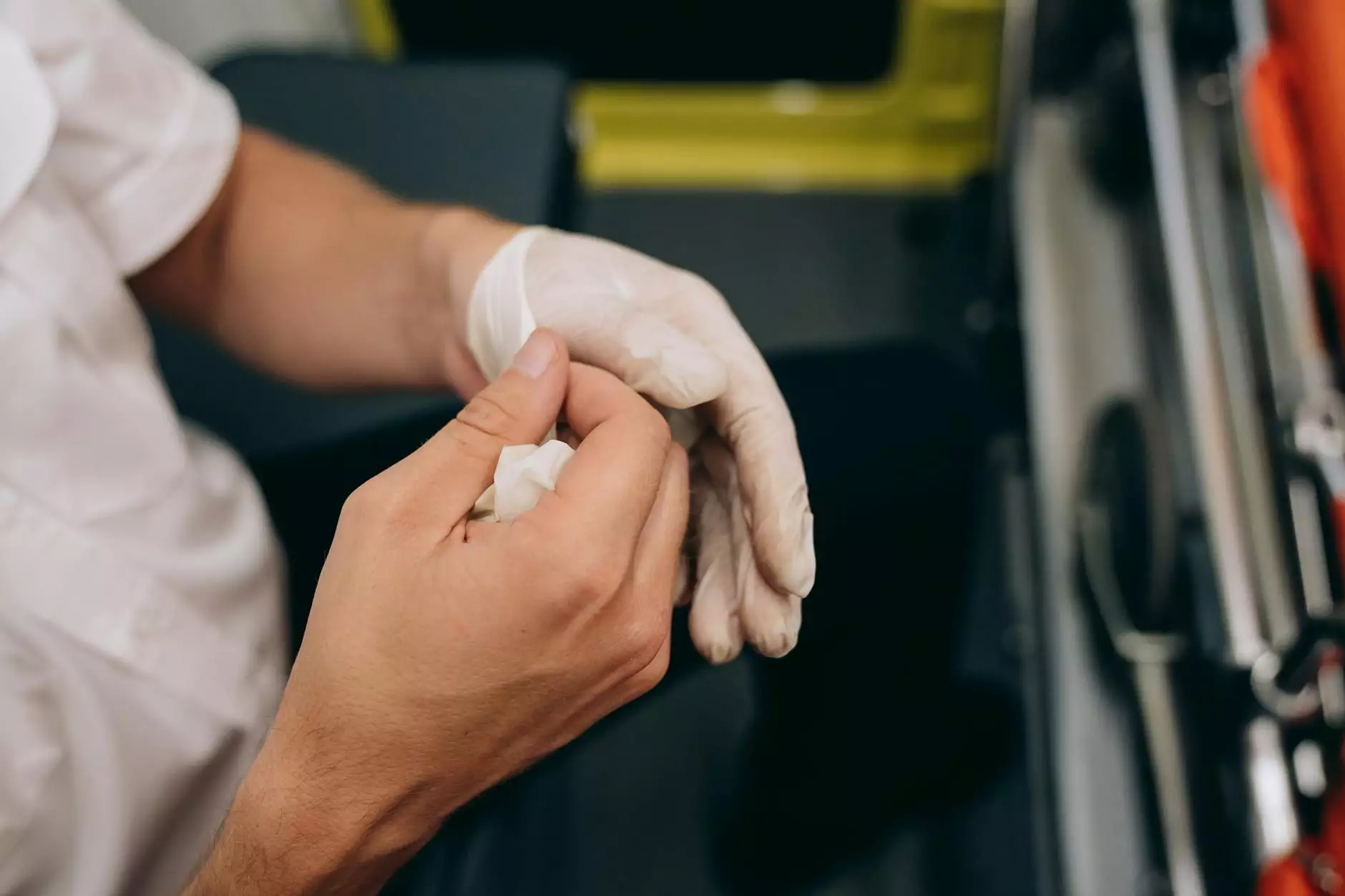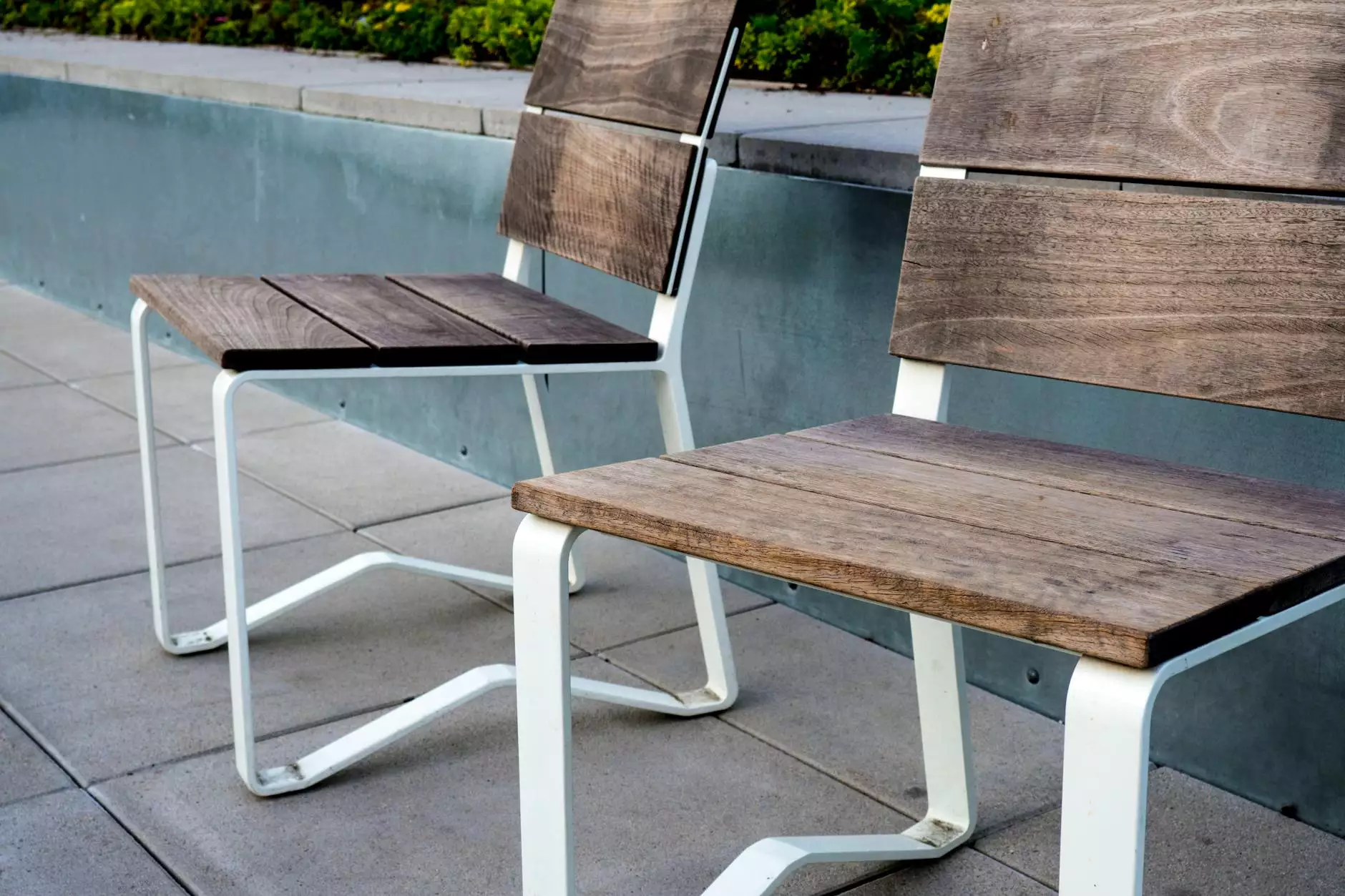Understanding Bruxism and the Role of Occlusal Guards in Dental Health

Bruxism, commonly known as teeth grinding, is a condition that affects millions of people worldwide. Often occurring during sleep or when feeling stressed, bruxism can lead to severe dental issues and health complications if left untreated. One of the most effective solutions to mitigate the effects of this condition is the use of a bruxism occlusal guard.
What is Bruxism?
Bruxism is characterized by the involuntary clenching or grinding of teeth. This habit can occur during the day or night, though nighttime grinding, known as sleep bruxism, is more prevalent. Factors contributing to bruxism include:
- Stress and Anxiety: High-pressure situations can lead to muscle tension in the jaw.
- Misaligned Teeth: Irregular bites can cause teeth to meet improperly, leading to grinding.
- Lifestyle Habits: Consumption of caffeine, alcohol, and nicotine can exacerbate bruxism.
- Sleep Disorders: Conditions like sleep apnea may increase the likelihood of bruxism.
Signs and Symptoms of Bruxism
Recognizing the signs and symptoms of bruxism is crucial for timely intervention. Common indicators include:
- Teeth Grinding Sounds: Waking up to the sound of your own teeth grinding can be alarming.
- Sore Jaw Muscles: A stiff or sore jaw upon waking is often a telltale sign.
- Headaches: Frequent tension headaches can result from jaw clenching.
- Worn Tooth Enamel: Inspecting your teeth may reveal flat surfaces where grinding has occurred.
- Tooth Sensitivity: Increased sensitivity to hot and cold due to enamel wear.
The Dangers of Untreated Bruxism
If not managed properly, bruxism can lead to various dental and health issues, including:
- Tooth Damage: Excessive grinding can chip or crack teeth, necessitating costly repairs.
- Gum Injury: Over time, grinding can lead to gum recession and other periodontal issues.
- Jaw Disorders: Conditions like TMJ (temporomandibular joint disorder) may develop, causing pain and dysfunction.
- Chronic Headaches: Persistent grinding can result in chronic tension headaches.
- Sleep Disruption: Sleep bruxism can lead to disrupted sleep patterns, impacting overall health.
The Role of Bruxism Occlusal Guards
A bruxism occlusal guard, also known as a night guard or bite splint, is a dental device designed to protect teeth from the damaging effects of grinding. Let's explore how these devices work and their benefits:
How Do Occlusal Guards Work?
Occlusal guards are custom-made to fit the unique shape of an individual’s mouth. They typically cover the upper or lower teeth and provide a cushioning barrier that absorbs the forces generated during grinding. This barrier prevents teeth from making contact and reduces the risk of damage. Additionally, occlusal guards can help:
- Relax Jaw Muscles: The guard can help alleviate muscle tension by preventing grinding.
- Improve Sleep Quality: By reducing the grinding noise and protecting your teeth, these guards can lead to more restful sleep.
- Align Bite: Some types of guards can help in adjusting your bite, especially if misalignment is causing bruxism.
Benefits of Using a Bruxism Occlusal Guard
Investing in a bruxism occlusal guard comes with numerous advantages:
- Protection Against Tooth Damage: Guards shield against chipping, cracking, and excessive wear.
- Reduction of Jaw Pain: Regular use can relieve pressure on the jaw and minimize discomfort.
- Improvement in Oral Health: By preventing damage and decay, occlusal guards contribute to better overall oral health.
- Increased Comfort: Many users report a significant decrease in discomfort and headaches.
Types of Bruxism Occlusal Guards
Occlusal guards come in various forms, tailored to specific needs and preferences. The main types include:
- Soft Guards: Made of a softer material, these guards are often used for mild bruxism. They are comfortable and can be molded to your teeth.
- Hard Guards: These provide a stronger barrier and are suitable for severe bruxism cases. Hard guards are typically more durable and help in aligning the bite.
- Dual-Laminate Guards: Combining both soft and hard materials, these guards offer comfort while providing strength to withstand grinding.
How to Obtain a Bruxism Occlusal Guard
Getting a bruxism occlusal guard typically involves the following steps:
- Consultation: Schedule an appointment with your dentist to discuss symptoms of bruxism.
- Examination: Your dentist will conduct an examination to assess the extent of tooth damage and recommend the best course of action.
- Custom Fitting: Impressions of your teeth will be taken to create a guard that fits perfectly.
- Follow-up Visits: After receiving your guard, follow-up appointments may be scheduled to ensure proper fit and comfort.
Additional Tips for Managing Bruxism
Alongside using a bruxism occlusal guard, several lifestyle changes can help manage bruxism:
- Stress Management: Engage in relaxation techniques such as yoga or meditation to reduce anxiety.
- Regular Exercise: Physical activity can alleviate stress and tension in the jaw muscles.
- Avoid Stimulants: Minimize intake of caffeine and alcohol, especially in the evening.
- Sleep Hygiene: Maintain a regular sleep schedule and create a restful environment.
- Jaw Exercises: Gentle stretching and relaxation exercises for the jaw can provide relief.
Final Thoughts on Bruxism and Occlusal Guards
Bruxism can have serious implications on dental health, but with the help of a bruxism occlusal guard, many individuals can find relief. It is essential to address the underlying causes of bruxism while also implementing protective measures. Consulting with a qualified dentist, such as those at medentalsf.com, can provide tailored solutions to ensure both comfort and optimal oral health.
Incorporating an occlusal guard into your routine can greatly enhance your quality of life, providing peace of mind and revitalized dental health. Whether you experience mild or severe bruxism, don’t hesitate to seek professional guidance and care.









